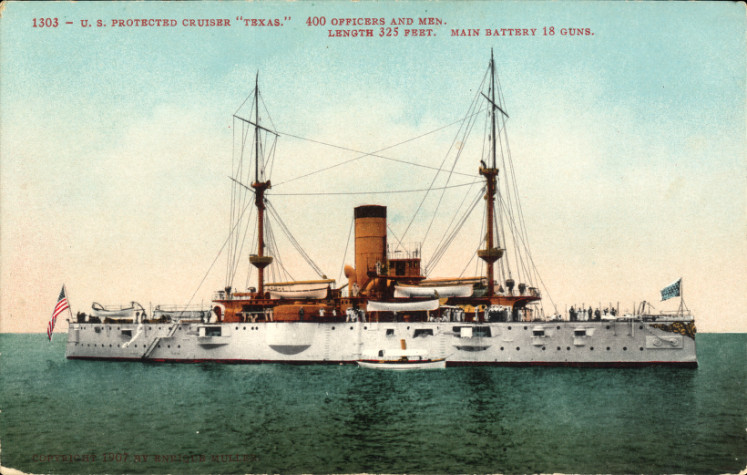AFB, the idea of the "new" tumblehome hull form is to use advsnced ship modeling techniques to employ that form to gain notable and very desired advatages, while ensuring her sea keeping is very strong.
This "improved" tumblehome configuration, when combined with the wave piercing technology developed particularly for this hull form, ends up making the design as close to a submarine as a surface ship can get with a large part of the structure actually underwater. The ability to be "'wave-piercing," means that the designers have deliberately moved away from the buoyancy which tends to lift conventional hulls over waves. What they are trying to accomplish with this is to minimize ship motion over waves because that very motion presents radar with all sorts of opportunities to more easily detect the ship. In addition, they are desinging the form to minimize rolling motion as much as possible. As a result, it is a given that the design accepts the fact that waves will often break right over the ship's deck.
With all of that in mind, compared to the current destroyers, the Zumwalt-class will triple current naval surface fire coverage, including capability against anti-ship cruise missiles. It has a 50-fold radar cross section reduction compared to the tico cruisers and over 30-fold over the BUrkes, it improves ARG defense 10-fold and has 10 times the operating area in shallow water regions against mines. As a result of its 155mm, extended range, rapid fire duns, it ends up filling an immediate and critical naval warfare gap, meeting validated Marine Corps fire support requirements.
Going to be a very innovative and interesting design...and I trust these folks who have done the design work to produce a cutting edge design that will cause great havoc for any potential adversary.





